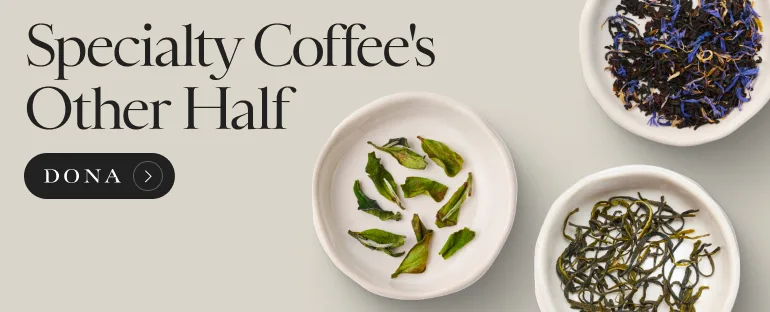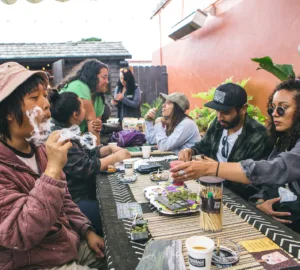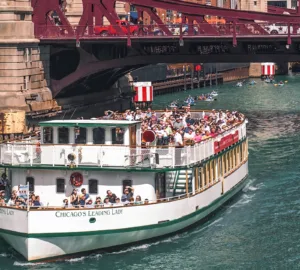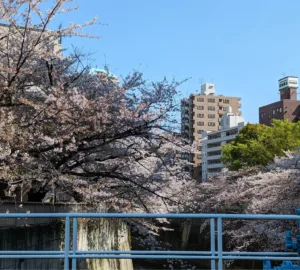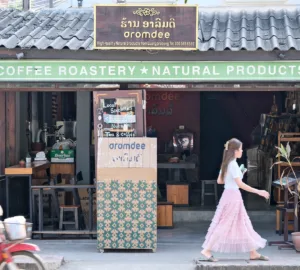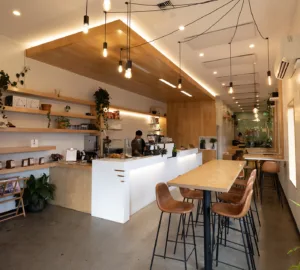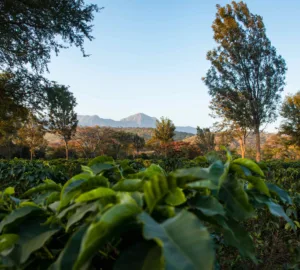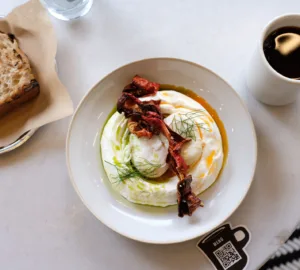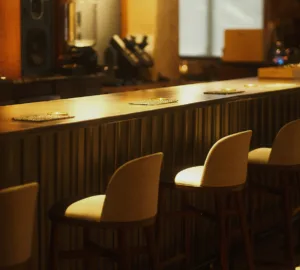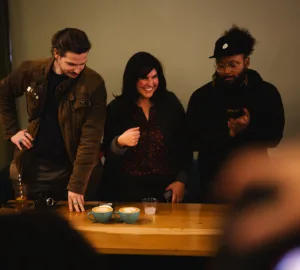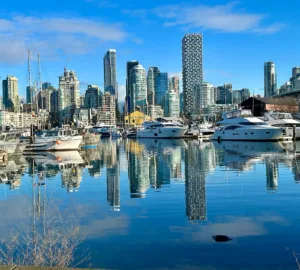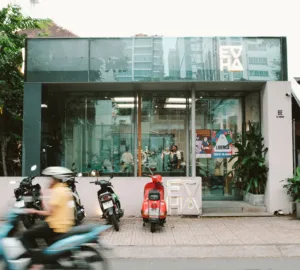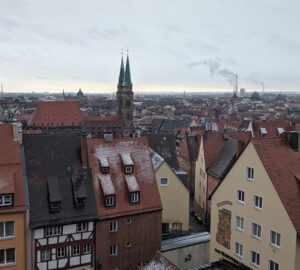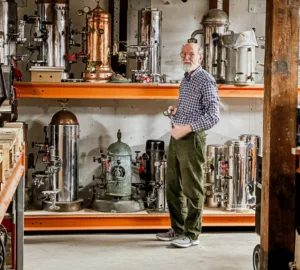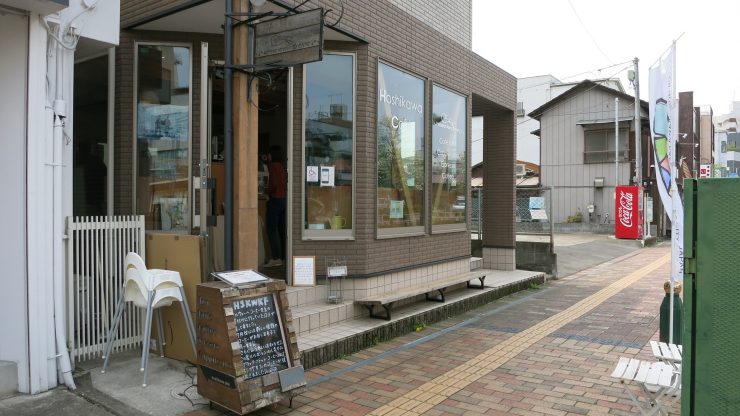
As the Shonan-Shinjuku train passes through the crowded Ikebukuro and Akabane stations, you get a sense of Tokyo—there’s hustle and bustle, people hurrying, and of course, packed train cars. All around and out the windows are tall buildings, ceaseless traffic, and billboards advertising pop stars and new products.
But after Omiya Station, as the train enters Saitama Prefecture, the buildings get smaller, and the crowds thin out. The train rumbles along at the same speed, but the world slows down. Outside, the space between buildings grows, and houses and fields make up the passing scenery. Everything is a little more quiet.
It’s in this quiet, about an hour and twenty minutes outside of Tokyo, that you’ll find Hoshikawa Cafe, in Kumagaya.
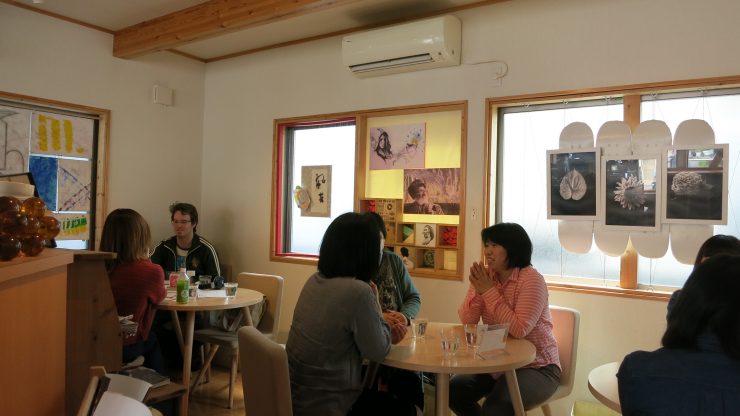
Tokyo is home to a constant cycle of new people, new ideas, and new ways of thinking. And sometimes, one of these ideas will stick. Specialty coffee most definitely has—it’s taken hold of Tokyo, dug in deep, and spread across the cityscape like wildfire, making its homes in shopping malls and neighborhood communities alike.
But there are small pockets of it popping up outside Tokyo, too, places where quality coffee is roasted and brewed in small towns—and where terms like “specialty coffee” and “Third Wave” often result in blank stares. Places like Trunk Coffee in Nagoya, Kariomons Coffee Roaster in Nagasaki, and Weekenders in Kyoto.
Even Maruyama Coffee, one of Japan’s standout coffee brands, started out in a quiet bed-and-breakfast in Nagano, after all.
My friend Riki told me about Hoshikawa Coffee when it made an appearance at the Harukaze Coffee Street event. He said they did excellent coffee, then chuckled. “They’re so far away,” he said, “only the die-hard coffee lovers really know about them.”
So I bought a ticket and jumped on a train to Kumagaya.
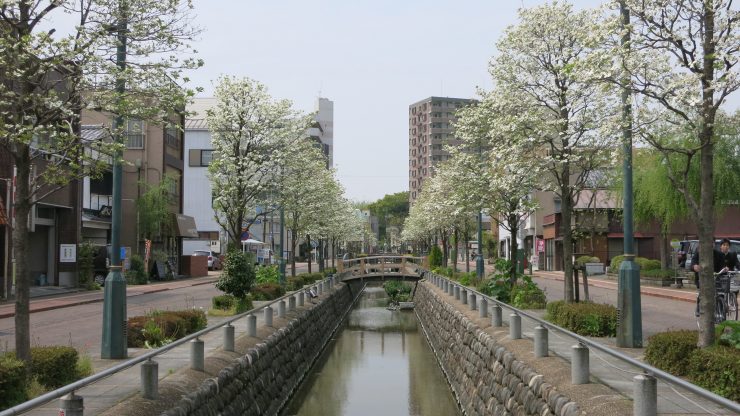
You wouldn’t expect to find specialty coffee in Kumagaya. The streets are quiet, and the town is dotted with restaurants, bars, and gaudy hostess clubs. Kumagaya was once a shukubajo—a place where travelers stopped to rest, and oftentimes drink, on their travels along the Nakasendo path that connected Edo and Kyoto—and the town still seems to cling to that past.
But when you reach the Hoshikawa River, you get a slice of the everyday—on either side of the river sit small businesses, local shopfronts, and houses. And then Hoshikawa Cafe.
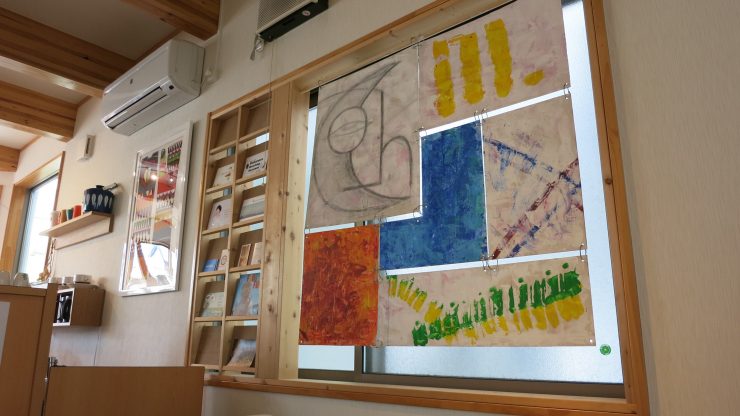
The cafe is a family-run business, and the interior feels more like a friend’s house than a place of business. When you choose to drink-in at Hoshikawa, there’s a genkan—the entranceway to a room or house in which you take off your shoes before entering.
It’s utterly charming—a warm, homely touch—but owner Yosuke Suzuki says it serves a purpose.
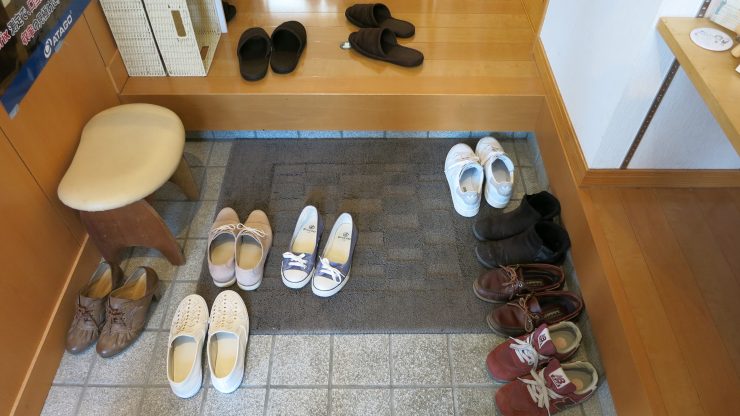
By having guests take off their shoes, Suzuki aims to send a message of welcoming friendliness—he wants to create an environment in which customers can relax. When he first opened, and specialty coffee wasn’t a well-known term, he hoped this might make people more open-minded to the new kind of coffee he was brewing.
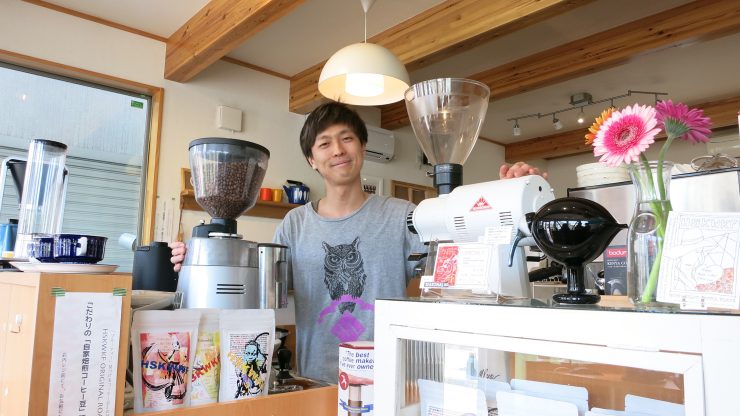
Suzuki first became interested in coffee during a stint in Adelaide, Australia. At the time, it was Gloria Jean’s flavored coffees. Coincidentally, his return home also found him managing a Gloria Jean’s in the Kanto region. But soon enough he went independent, and in 2009 started Hoshikawa Cafe in his hometown.
When it first opened, specialty coffee was still nascent in Japan, and good information was hard to come by. Fortunately, Suzuki shared his hometown with Kenji Kojima, now store manager at Fuglen Tokyo. Kojima helped at Hoshikawa and taught Suzuki about coffee culture both in Tokyo and abroad.
Suzuki and Kojima have remained friends, and when Fuglen Tokyo opened, Suzuki was able to deepen his knowledge through the coffees of Tim Wendelboe, Supreme Roastworks, Solberg & Hansen, and many others.
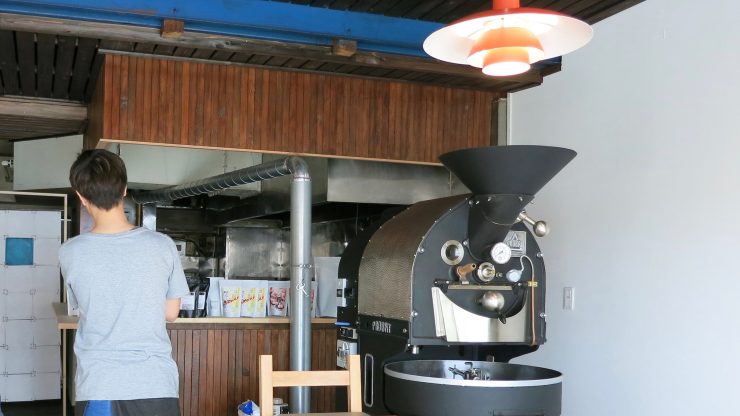
Suzuki roasts out of a small space just two minutes from the cafe, in the remnants of an old ramen shop. It’s now home to an abandoned counter space, a roaster, and a collection of vintage Scandinavian furniture. Suzuki started as a hobbyist—with mesh roasting pans and a hand-cranked Fuji Royal—but about a year ago he upgraded, and now works with a 1959 five-kilogram Probat.
Suzuki’s style is inspired by the Norwegian roast, and the coffees he works with at the moment—Ethiopia Gesha Village, Costa Rica Helsar de Zarcero, and Colombia Miguel Antonio Vargas—are all from the Collaborative Coffee Source. Roasting is a constant learning process for Suzuki, but he loves the spectrum of different flavors involved with it.
“I don’t think just roasting light is the answer,” he says. “Even within light roast there are layers of flavor and aroma, and we aim to prepare coffee that highlights that level of depth.”
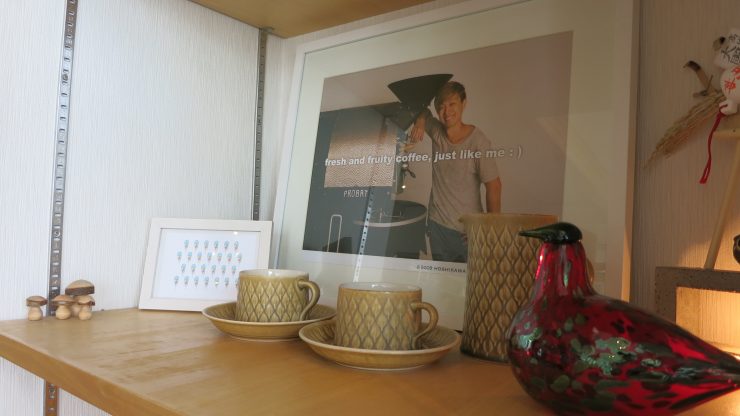
Seeing Hoshikawa, and talking to Suzuki, it makes you think more about the coffee shops popping up around Japan, in the quiet of small towns away from the big city. Trunk, Weekenders, Kariomons, And Coffee Roasters, Hoshikawa—all are driven by their owners’ desire to bring something they love back to their hometowns, to share it the best they can.
Even if that means, in the case of 2015/2016 Japan Barista Champion Yoshikazu Iwase, starting your coffee career in a truck.
There’s a hint of the Maruyama story in all of these places—that idea of starting up in a quiet countryside area, and paving the way to a better understanding of specialty coffee. “It’s about care, patience, and enthusiasm,” says Suzuki, “but it’s still going to take time.”
“For those of us in rural areas, and for me here in Saitama, we still have to work hard for a while. My coffee career started 10 years ago, and back then we wanted to share a new culture, a new way to understand and enjoy coffee. I feel that idea has just recently started to permeate the market here.”
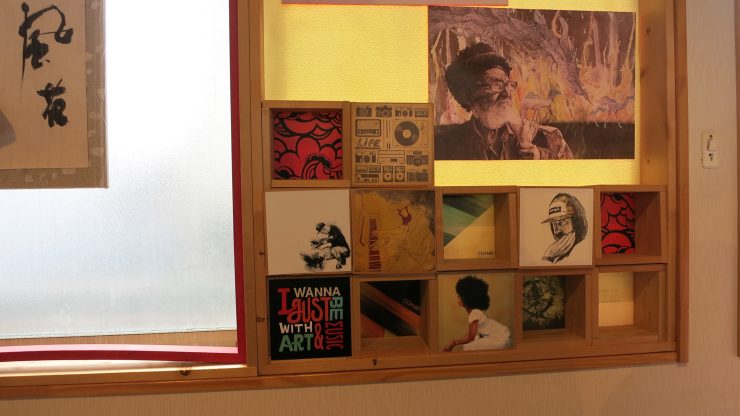
Before I left, I looked at the collection of shoes by the genkan, and the variety of customers in the cafe—the mother and daughter chatting over cappuccinos, a group of housewives talking gossip, two teenagers talking excitedly over pancakes and cafe mochas. A local businessman who dropped by for an americano.
And I saw that if maybe Suzuki is right—specialty coffee will take a long time to become commonplace out here in the country—it was still nice to see the community gathering together around cups of specialty coffee, and Hoshikawa Cafe carving out a little place for itself in Kumagaya.
Hengtee Lim (@Hent03) is a Sprudge.com staff writer based in Tokyo. Read more Hengtee Lim on Sprudge.
Note: If you’re in Tokyo and want to try some of what Hoshikawa Cafe has to offer, you can usually find their coffee at 4/4 Seasons in Shinjuku San-chome. (Shinjuku-Ku, Shinjuku 2-7-7.)













